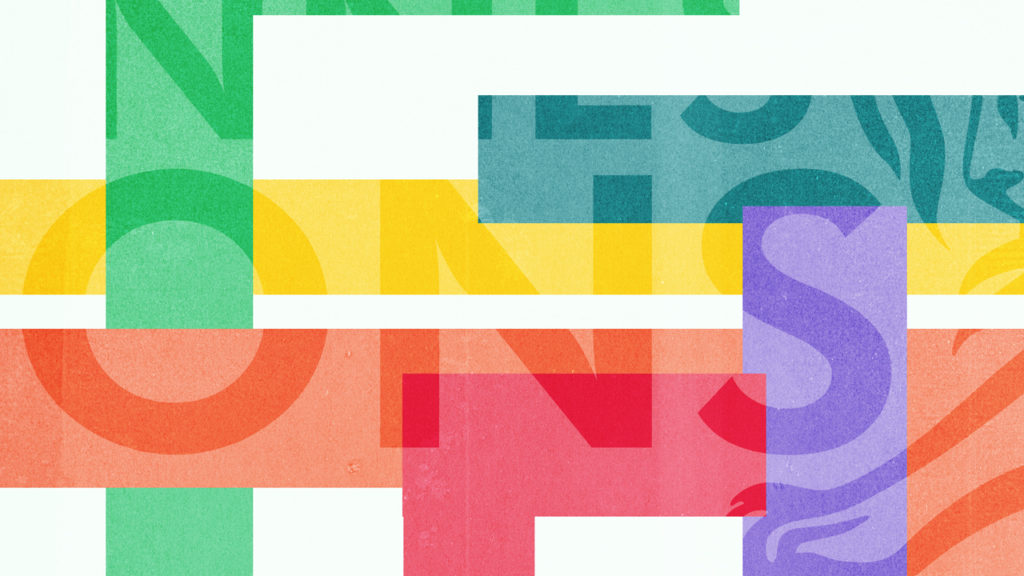Over the last decade, creatively awarded campaigns have become no more effective than non-awarded campaigns, according to a global study from Cannes Lions and WARC that analyzed 5,000 effectiveness case studies from 2011-2019.
The study attributes this collapse in effectiveness to brands decreasing their creative commitment to campaigns in order to more quickly maximize return on investment (ROI). To help marketers reverse this decline and create a universal definition of effectiveness, marketing effectiveness experts James Hurman and Peter Field developed a new framework called the Creative Effectiveness Ladder. As part of this year’s Lions Live panels from Cannes Lions, the two discuss the ladder’s six levels, whether effectiveness comes down to budget and why increasing creative commitment will be critical to improving the value and reputation of marketers.
The Creative Effectiveness Ladder comprises six levels, or the various effects that creative marketing produces, ranging from the least to the most commercially impactful. At the lowest level is “Influential Idea,” campaigns that use creativity to maximize engagement and sharing, resulting in over-achieving on campaign metrics and media efficiency.
Next is “Behavior Breakthrough,” campaigns that use creativity to change the purchase behavior of customers or change other forms of behavior relevant to the success of the brand.
“Sales Spike,” the third level, includes campaigns that use creativity to create short-term temporary sales growth, market share or profitability.
Fourth on the ladder, “Brand Buildup,” includes campaigns that use creativity to improve the fundamental measures of brand health like awareness, purchase intent, consideration and preference.
Fifth is “Commercial Triumph,” or campaigns that use creativity to increase sales and market share beyond a single quarter or beyond the duration of a campaign.
The researchers named the highest level of effectiveness as “Enduring Icon” to describe campaigns that use creativity to drive brand and sales growth consistently over a long period, three years or more. These are brands that use the same creative strategy or creative work over a period of time.
The study also found that there are three campaign variables which align consistently with effectiveness: media spend, campaign duration and number of media channels used. As any of these variables increases, campaigns become more likely to achieve upper levels of effectiveness, indicating there’s a strong correlation between creative commitment and effectiveness.
To understand if a campaign’s effectiveness comes down to spend, the researchers separated campaigns by budget level. They found that at any budget level, effectiveness increased as the other two variables, campaign duration and number of media channels used, increased.
“The reason they all contribute to effectiveness is because they’re all related to the mental availability that the campaign creates, the extent which the brand comes readily to mind in purchase situations,” notes Field.
Hurman and Field suggest that the solution to achieving long-term growth is increasing the creative commitment of campaigns, for creativity is the single most important driver of effectiveness.

